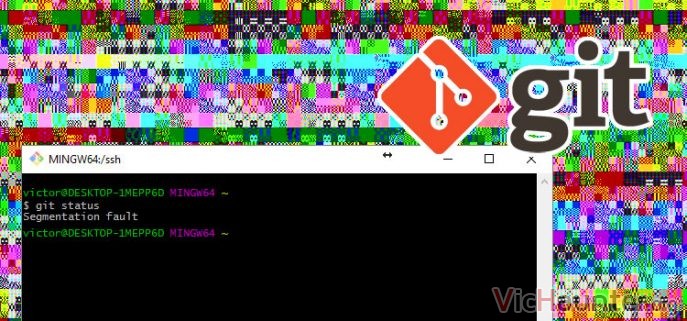
Even if it doesn't cause a segfault, it is still a bug. This will result in a segfault if that memory location lies outside the memory segment where foo resides. However, in the last iteration of the for loop, the program tries to access foo. In case A, array foo is defined for index = 0,ġ, 2. Case A: /* "Array out of bounds" error valid indices for array foo are 0, 1.The following three cases illustrate the most common types of array-related segfaults:.For example, calling memset() as shown below would cause a program to segfault:.In practice, segfaults are almost always due to trying to read or write a non-existent array element, not properly defining a pointer before using it, or (in C programs) accidentally using a variable's value as an address ( see the scanf example below). Program memory is divided into different segments: a text segment for program instructions, a data segment for variables and arrays defined at compile time, a stack segment for temporary (or automatic) variables defined in subroutines and functions, and a heap segment for variables allocated during runtime by functions, such as malloc (in C) and allocate (in Fortran).Ī segfault occurs when a reference to a variable falls outside the segment where that variable resides, or when a write is attempted to a location that is in a read-only segment. Segfaults are caused by a program trying to read or write an illegal memory location.

A segmentation fault (aka segfault) is a common condition that causes programs to crash they are often associated with a file named core.


 0 kommentar(er)
0 kommentar(er)
